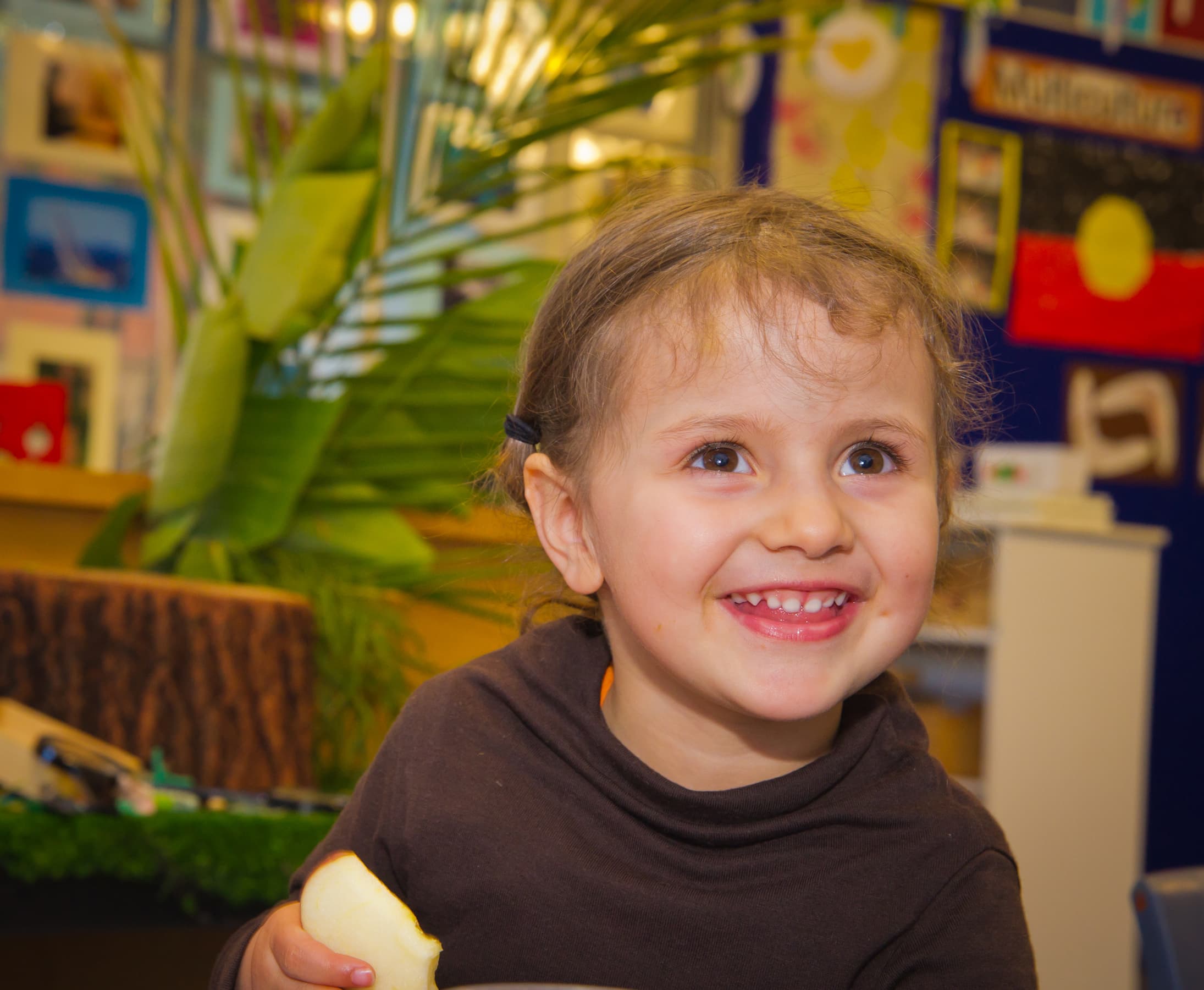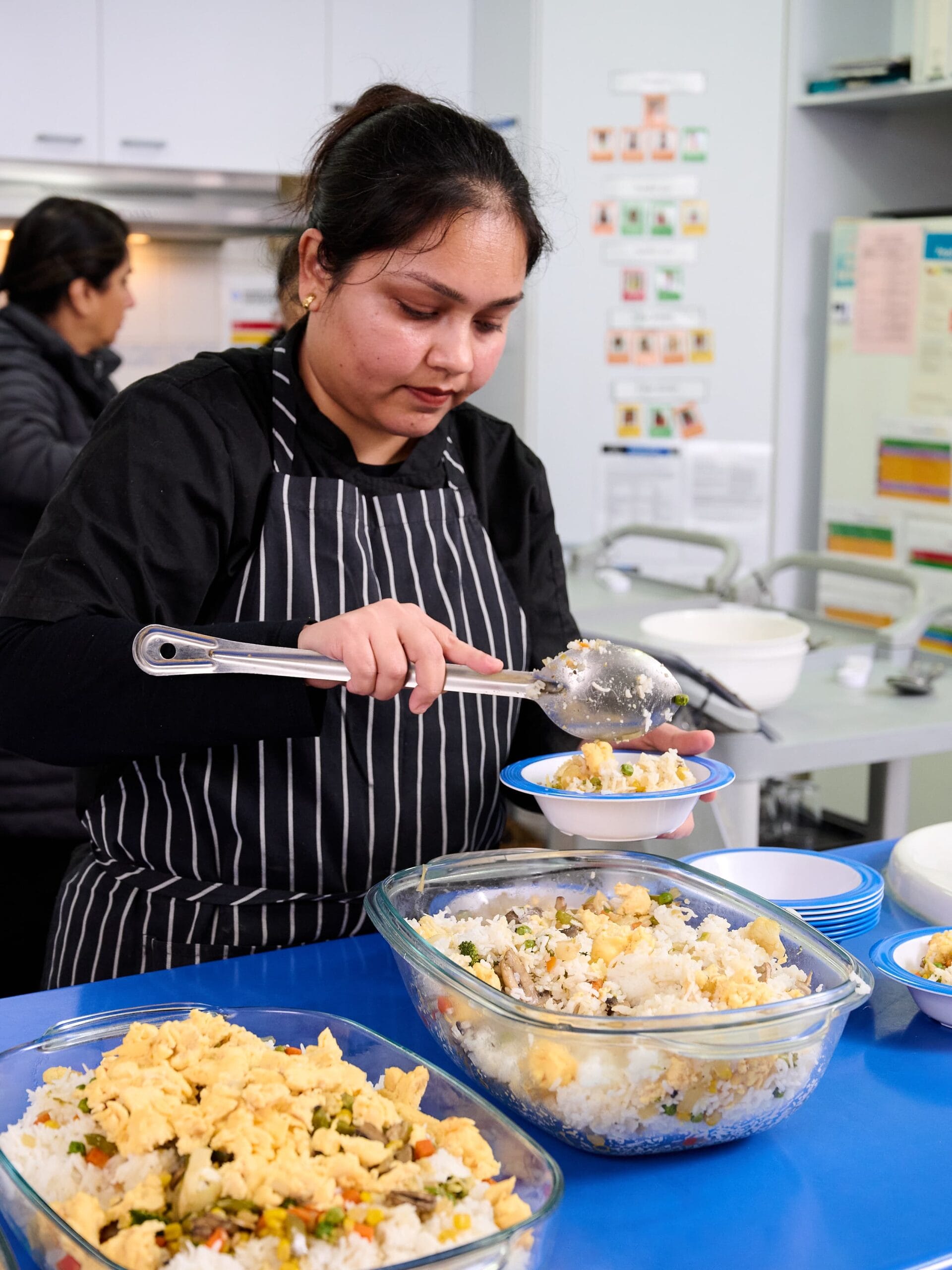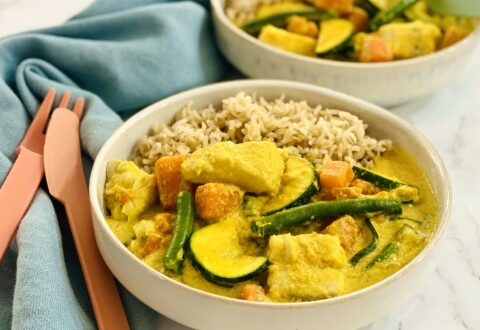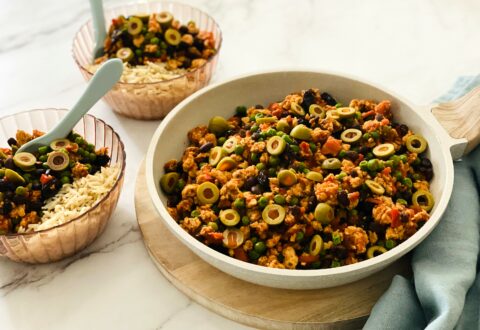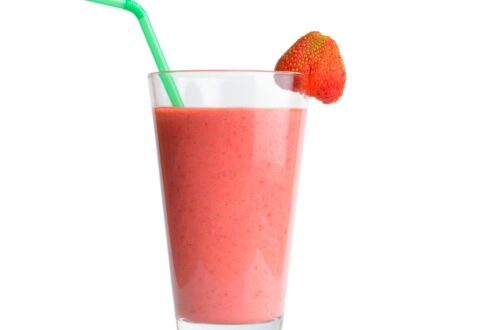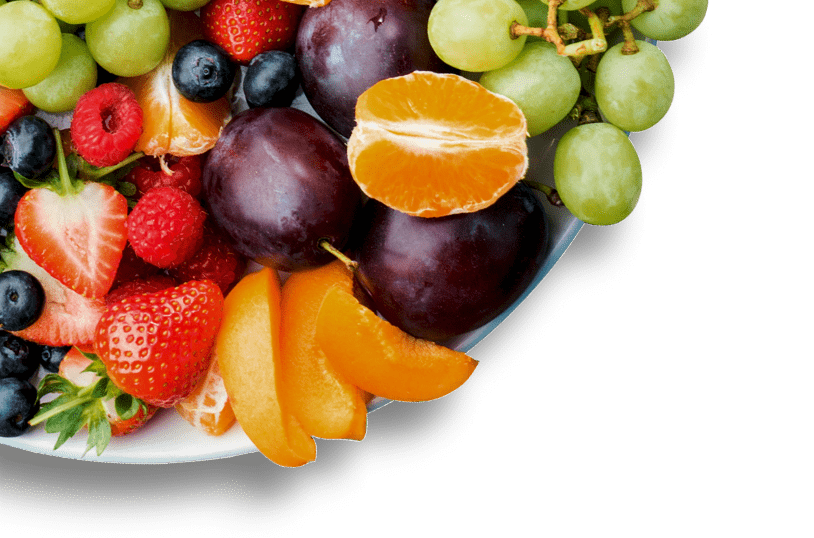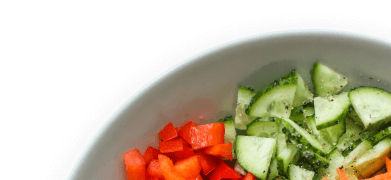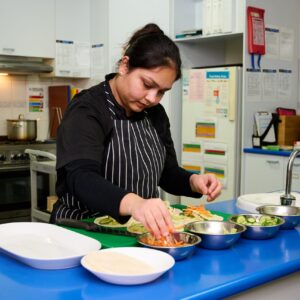Menu planning for kosher-style meals
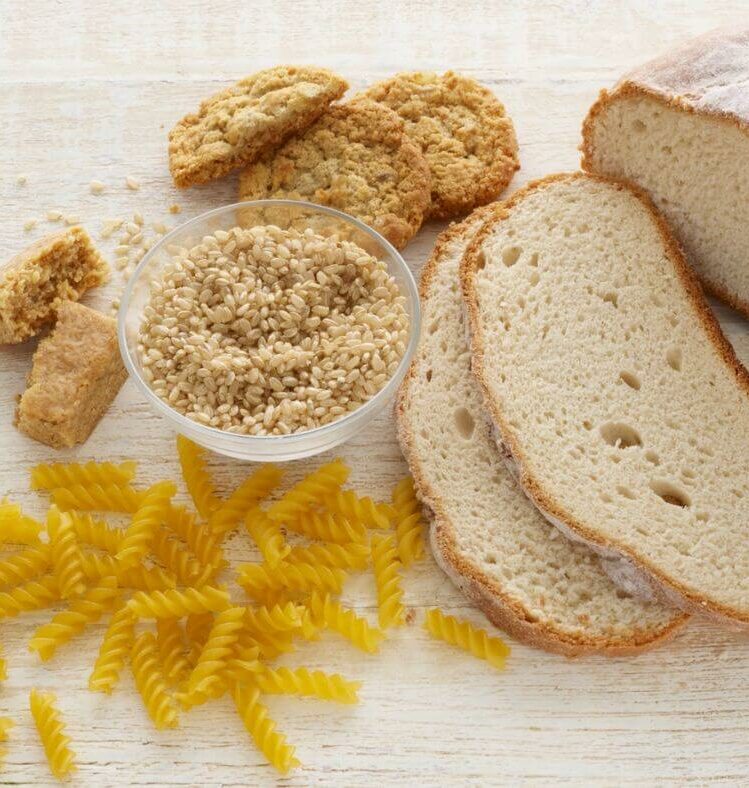
This resource is available as a downloadable file in following languages:
The information presented in this resource is intended as a guide only. Cooks preparing food at a long day care centre should speak with a child’s parents or carers about specific dietary customs and foods which are permitted and not permitted.
What is kosher?
Kosher food is food prepared according to the dietary laws of Judaism, also known as Kashrut. Kosher foods are divided into three main categories: Meat, Dairy, and Parve (Pareve).
The info boxes below provide some examples of the different food categories.
Meat
- Examples of kosher meats include: beef, lamb, veal, goat, and sheep
- Examples of kosher poultry (birds) include: chicken or turkey
Meat must have a kosher certification
Animals and poultry must be prepared according to the Jewish laws of Kashrut. This means that even if meat or poultry comes from a kosher animal, a person who keeps kosher cannot eat it unless it has a kosher certification.
Dairy
- Dairy products (milk, cheese, yoghurt) must come from a kosher animal
- Dairy products cannot include any ingredient which comes from meat
- Cheese made with rennet is not kosher because rennet comes from animals
- Dairy products must have a kosher certification
Keep meat and dairy separate
Dairy and meat cannot be consumed together.
A person who keeps kosher will not eat meat and dairy in the same meal and will wait a certain amount of time between eating meat and dairy.
Parve (Pareve)
Parve foods are not meat or dairy and can be consumed at any time. Examples of Parve foods include:
- Eggs must be from a kosher bird only and checked to ensure there are no blood spots
- Fish must have both fins and scales. Examples of kosher fish includes tuna and salmon
- Fish must not be eaten or cooked together with meat. Fish and meat can be eaten in the same meal, but as separate courses
- Grains which are kosher certified
- Fruit and vegetables
Foods not considered kosher
Some foods do not fit into the above categories and are not considered kosher.
These include:
- Examples of non-kosher meats include pork, rabbit, kangaroo, and crocodile
- Animals and poultry that have not been slaughtered in accordance with Jewish law
- Shellfish
- Insects (check salads and vegetables are washed and well checked for insects)
- Any processed or packaged foods which do not have a Hechsher (Kosher certification)
- Other non-kosher food derivatives, such as gelatine. These ingredients are sometimes used in processed or packaged foods, for example, gelatine used in lollies, marshmallows or yoghurt.
Kosher certification
Food manufacturing companies often seek kosher certification for their products. A kosher certification is known as a Hechsher.
Kosher certification guarantees that the ingredients, machinery production facilities, and all processes are thoroughly inspected to ensure they follow all laws of Kashrut. It also means the product does not include any non-kosher elements.
TIP:
The Kosher Australia website and App can be used to check if a food is kosher.
Considerations for keeping kosher
- A meal that is strictly kosher must be prepared in a kosher kitchen. This means having separate dishes and cooking utensils for meat and dairy foods and storing meat separately.
- Meat and dairy must not be served or eaten together during the same meal, and it is customary to wait between eating meat and dairy. This can be up to six hours.
- With these considerations in mind, many kosher centres provide a menu where only foods from the dairy and parve groups are served. This might look like more of a vegetarian menu, with the inclusion of fish, egg, and dairy products.
- If your centre is not kosher, but you are catering for children who keep kosher, you can use the information in this resource to provide appropriate kosher-style meals.
- It’s important to speak with the parents or carers of children who keep kosher to agree on the foods you will provide for their child.
Recipe modifications
The following examples demonstrate how common recipes can be adapted for children requiring kosher-style meals.
The recipes provide suggestions for meals which use ingredients from the Dairy and Parve groups only.
The recipes and suggested modifications are intended as a guide only. It is important to check with the child’s parents or carers which foods are appropriate to serve.
Remember to always check for other food allergies, intolerances, and dietary requirements when replacing ingredients.
TIP:
For more recipe ideas, visit the Healthy Eating Advisory Service recipe collection.
| Recipe | Suggested modification | Suggested recipe |
|---|---|---|
| Chicken Curry | For vegetarian, follow the one recipe, using two pots, then: • make one pot with tofu or chickpeas, and • for a non-vegetarian option, make another pot with chicken or other meat. | Lubya – Afghan Kidney Bean Curry |
| Spaghetti Bolognese | For vegetarian, follow the one recipe, using two pots, then: • make one pot with kidney beans and lentils/ chickpeas or textured vegetable protein (TVP), and • for a non-vegetarian option make another pot with beef and/or pork mince. | Vegetarian Lentil Bolognese (vegetarian) Vegan Lentil Bolognese (vegan) |
| Chilli con carne | For a vegetarian, follow the one recipe, using two pots, then: • make one pot with kidney beans and lentils/ chickpeas or textured vegetable protein (TVP), and • for a non-vegetarian option make another pot with beef and/or pork mince. | Vegetarian chilli con carne (vegetarian) |
| Pork fried rice | For vegetarian, follow the one recipe, then: • prepare and cook all ingredients, except the pork • serve the number of portions required for those who are vegetarian or vegan • for the children who cannot have pork, use tofu as a protein replacement, then • prepare the pork last, for the children who can eat it. | Vegetarian Fried Rice (vegetarian) Vegan Biryani (vegan) |
| Beef lasagne | Prepare a separate lasagne for the children who are vegetarian or vegan • replace mince with brown lentils • include plenty of vegetables • freeze leftover portions, labelled, in the freezer | Vegetarian lasagne (vegetarian) |
| Meatballs | Swap meatballs for a vegetarian alternative all the children will love • made with chickpeas and herbs • replace egg with egg replacer for a vegan alternative | Falafel balls with tzatziki dip (vegetarian) |
More helpful resources and information
or more information see the Healthy Eating Advisory Services Managing allergies and other dietary requirements in children’s education and care online course.
Further information and support
Healthy Eating Advisory Service:
- Early childhood services
- Recipes
- Menu planning guidelines for long day care
- Online module: other dietary requirements and preferences
For more information please phone 1300 22 52 88 or email heas@nnf.org.au
Except where otherwise indicated, the images in this document show models and illustrative settings only, and do not necessarily depict actual services, facilities or recipients of services. This document may contain images of deceased Aboriginal and Torres Strait Islander peoples. In this document, ‘Aboriginal’ refers to both Aboriginal and Torres Strait Islander people. ‘Indigenous’ or ‘Koori/Koorie’ is retained when part of the title of a report, program or quotation. Copyright © State of Victoria 2016
Written and reviewed by dietitians and nutritionists at National Nutrition Foundation, with support from the Victorian Government.

Featured Recipes
Explore all recipes
Register your interest
"*" indicates required fields

